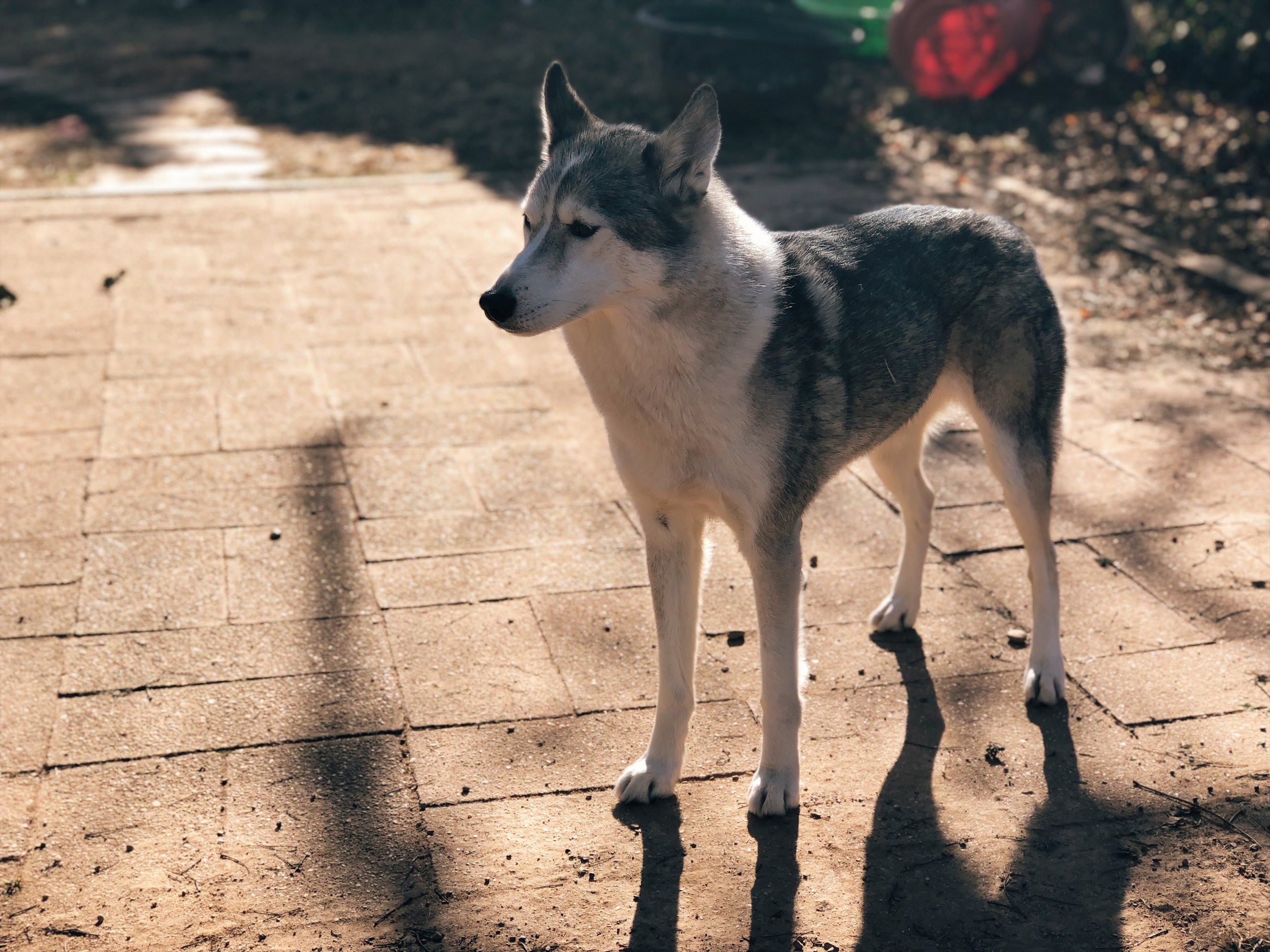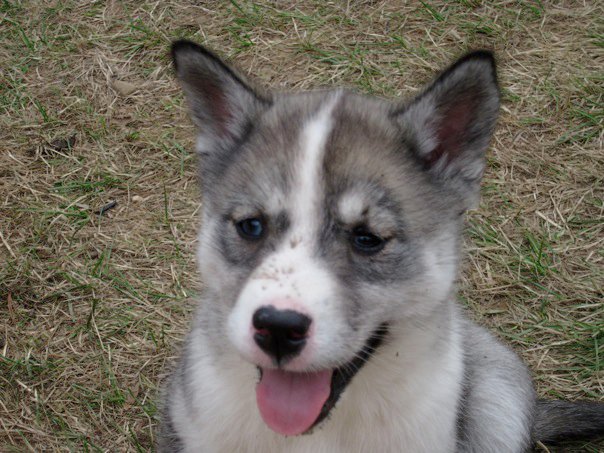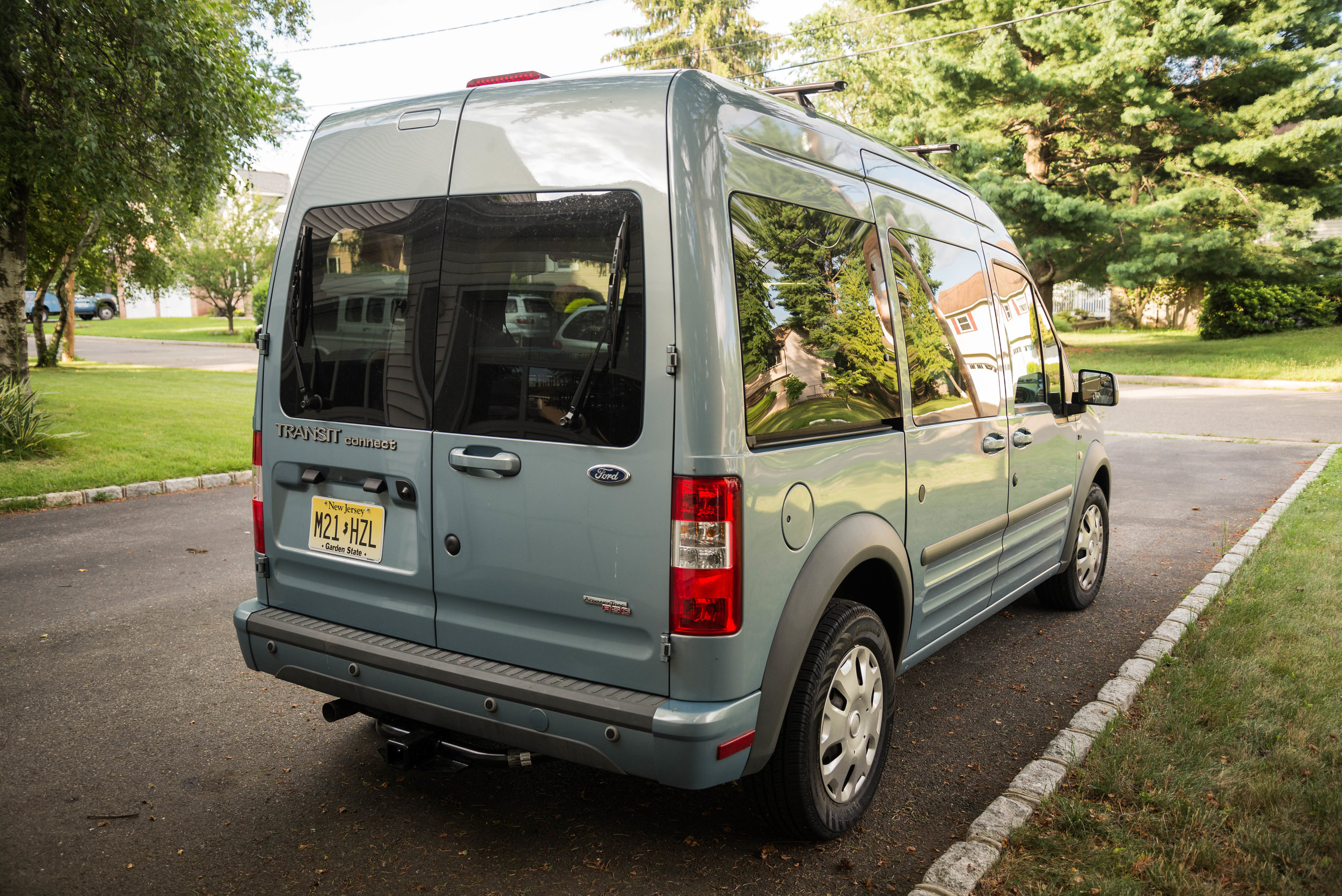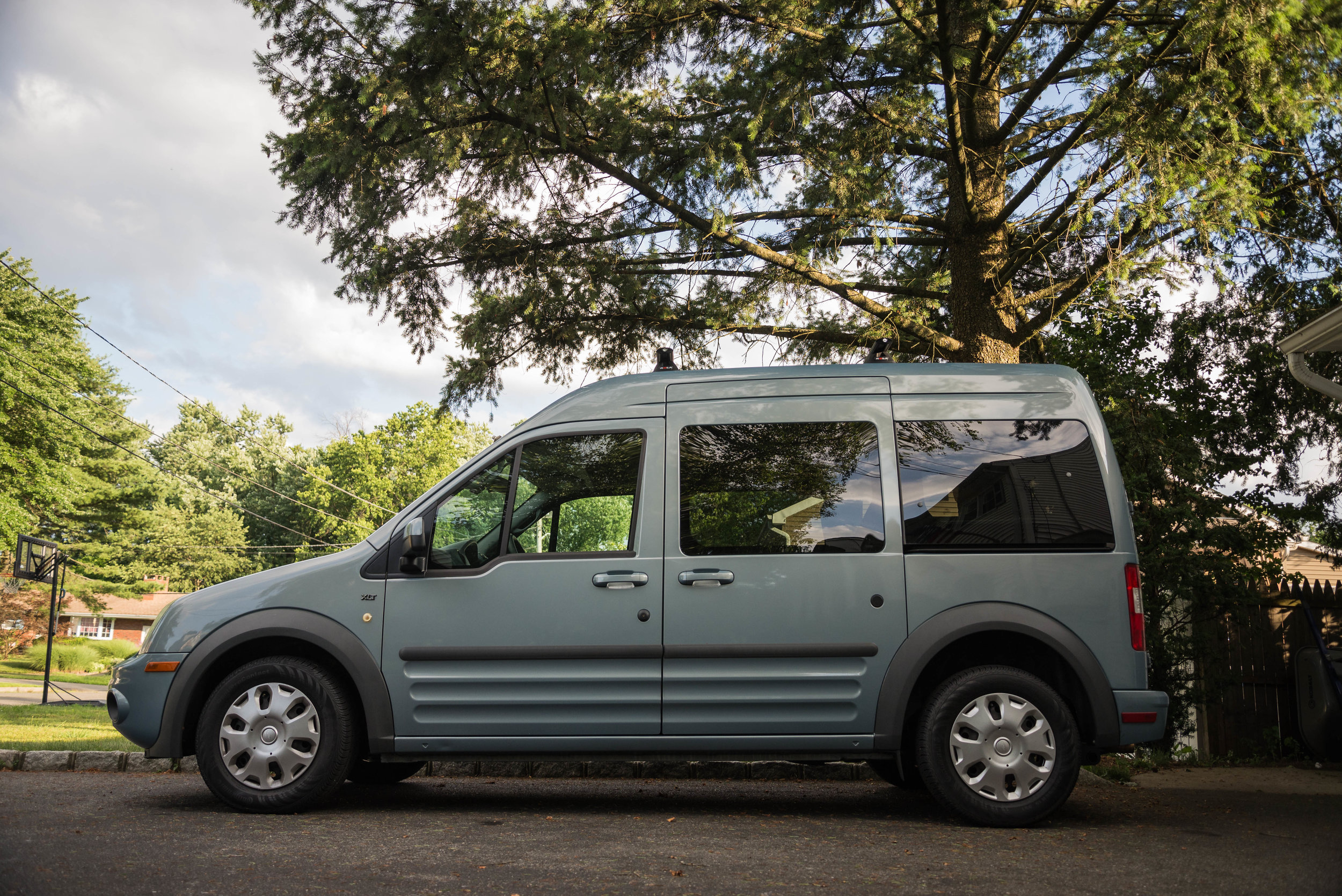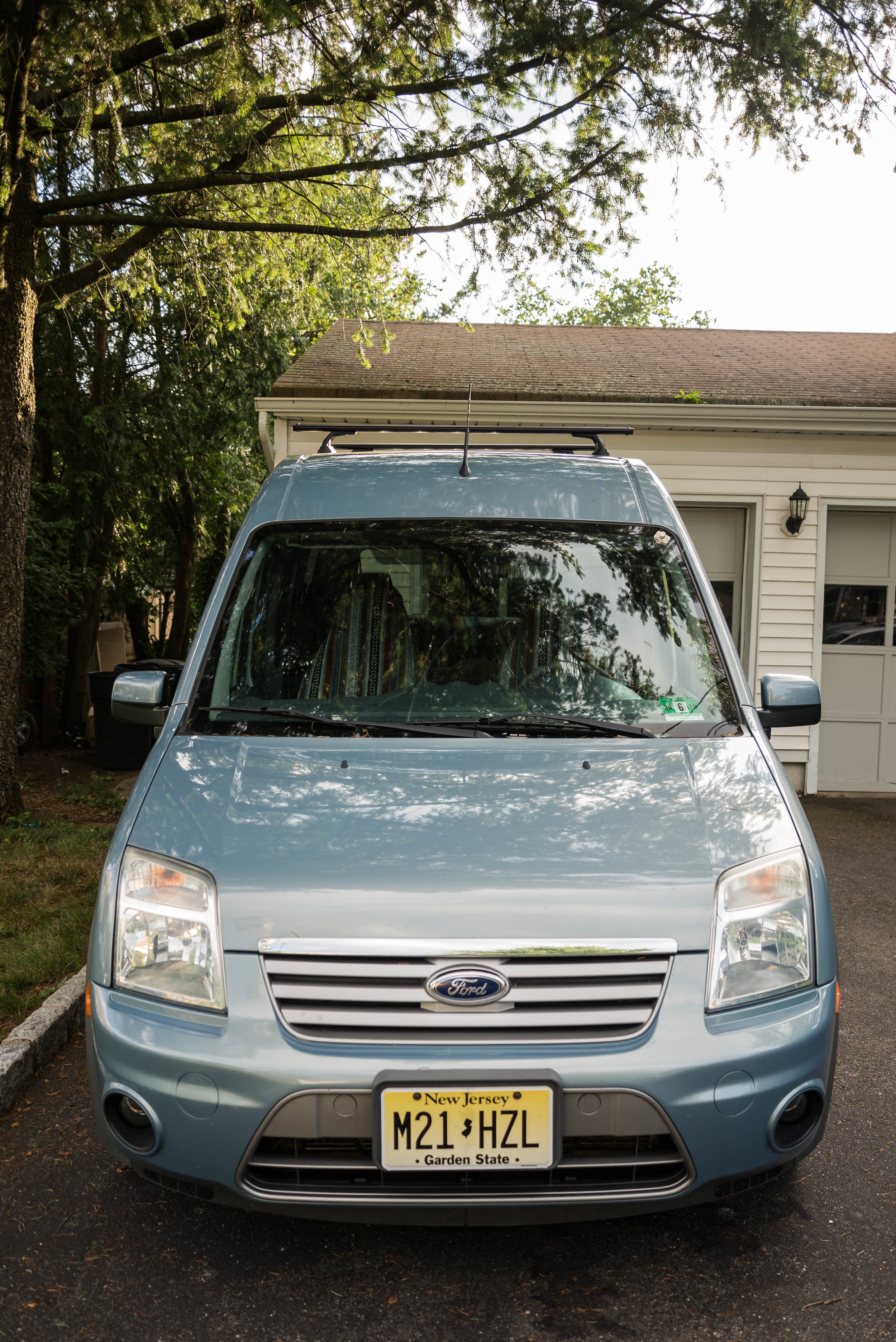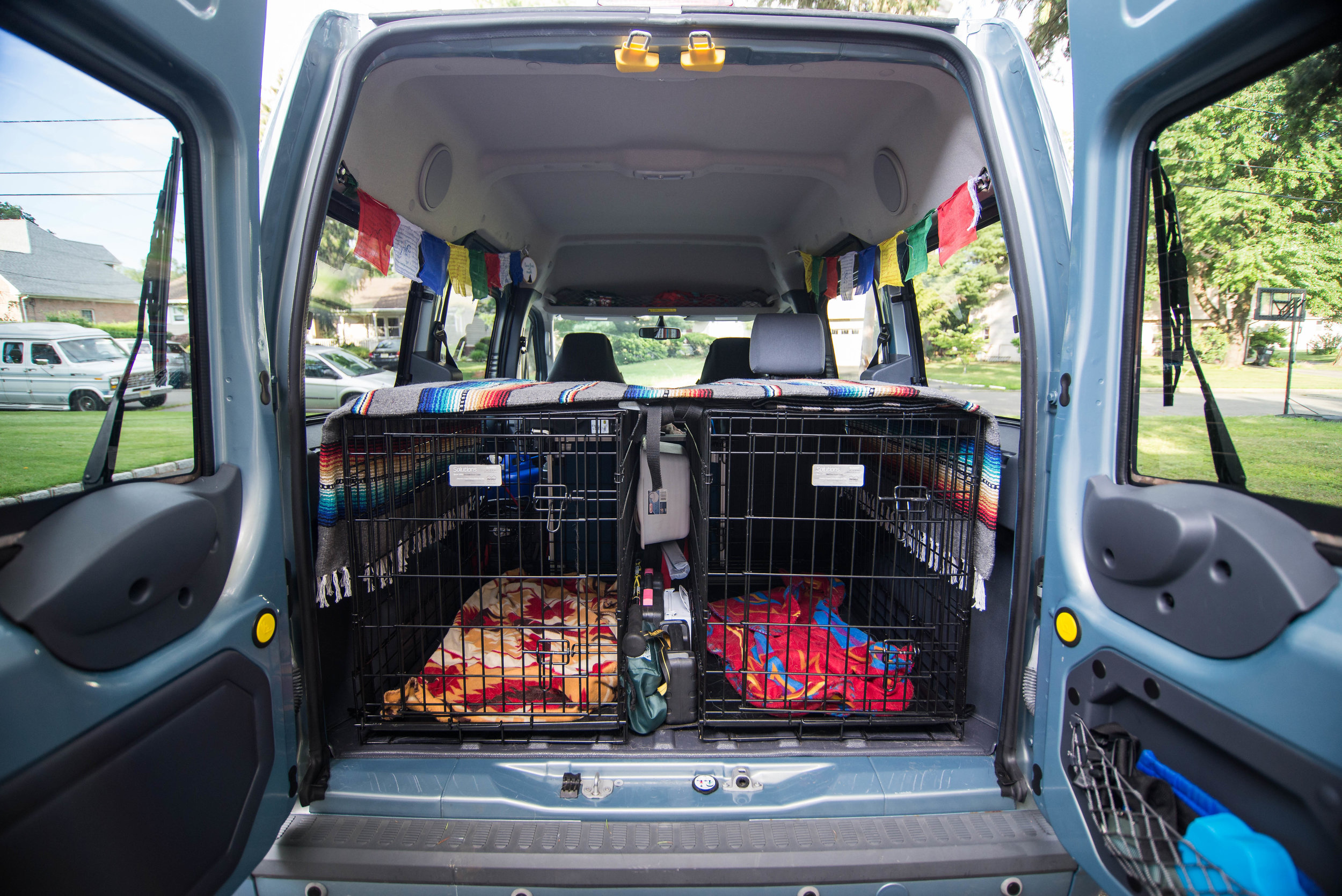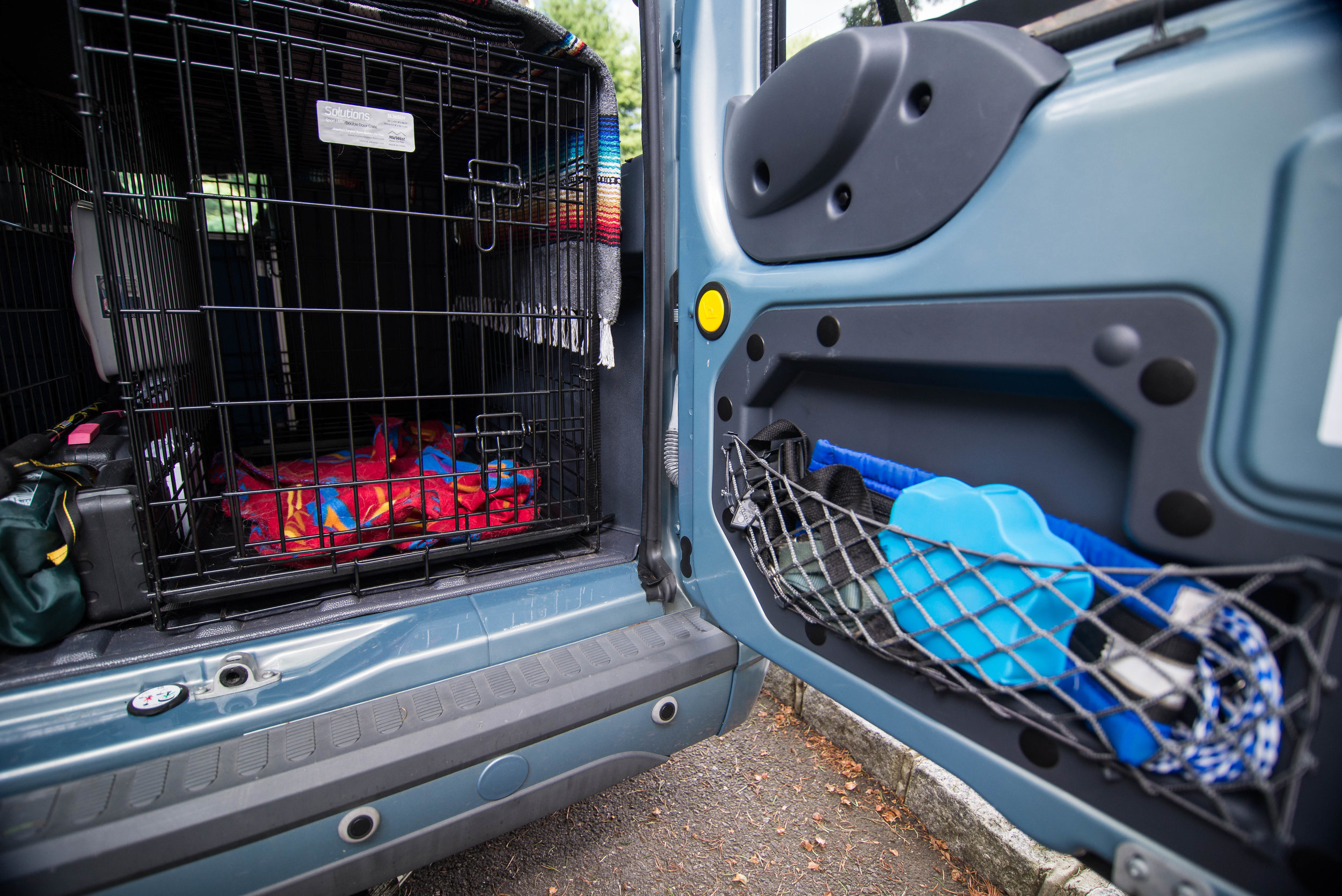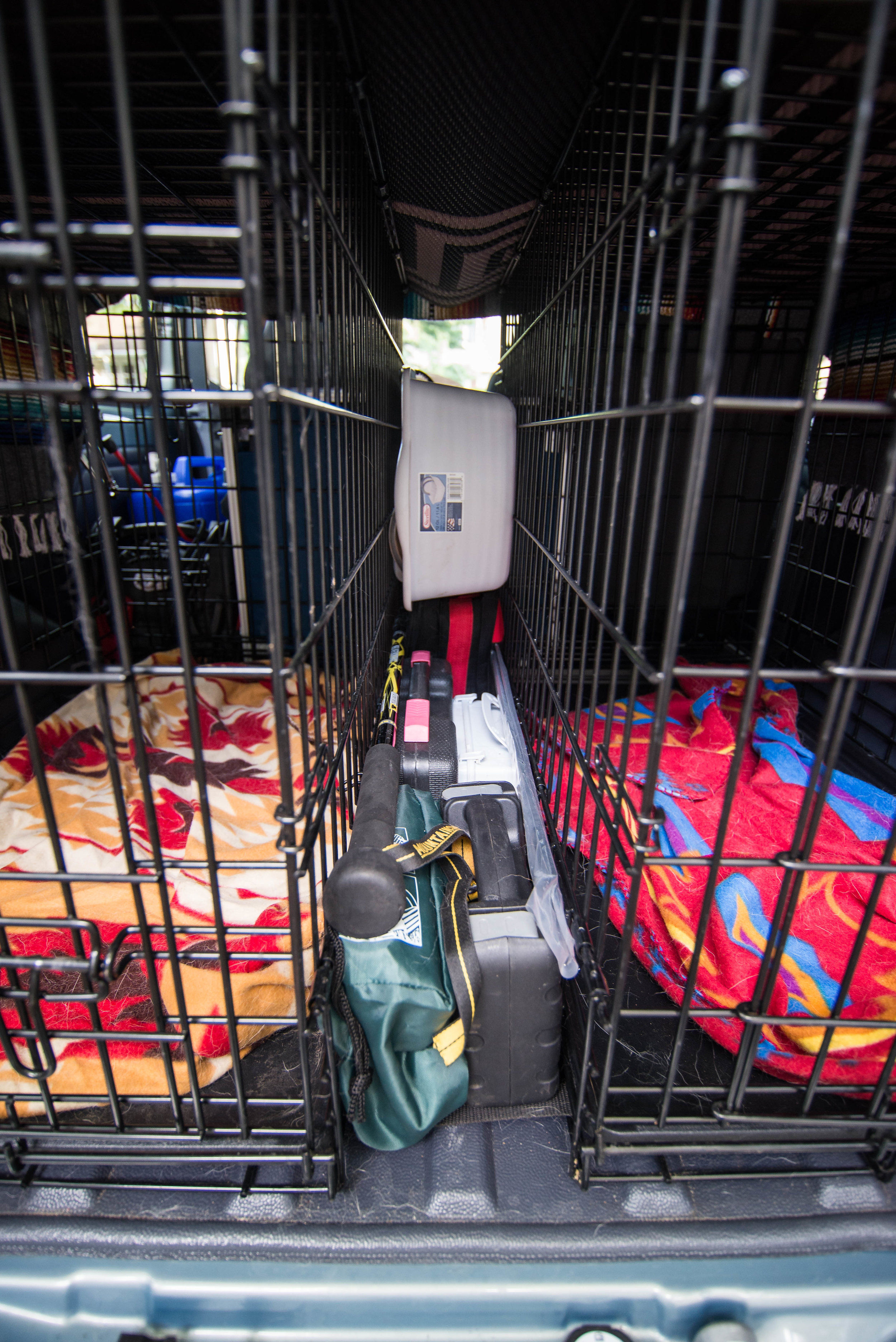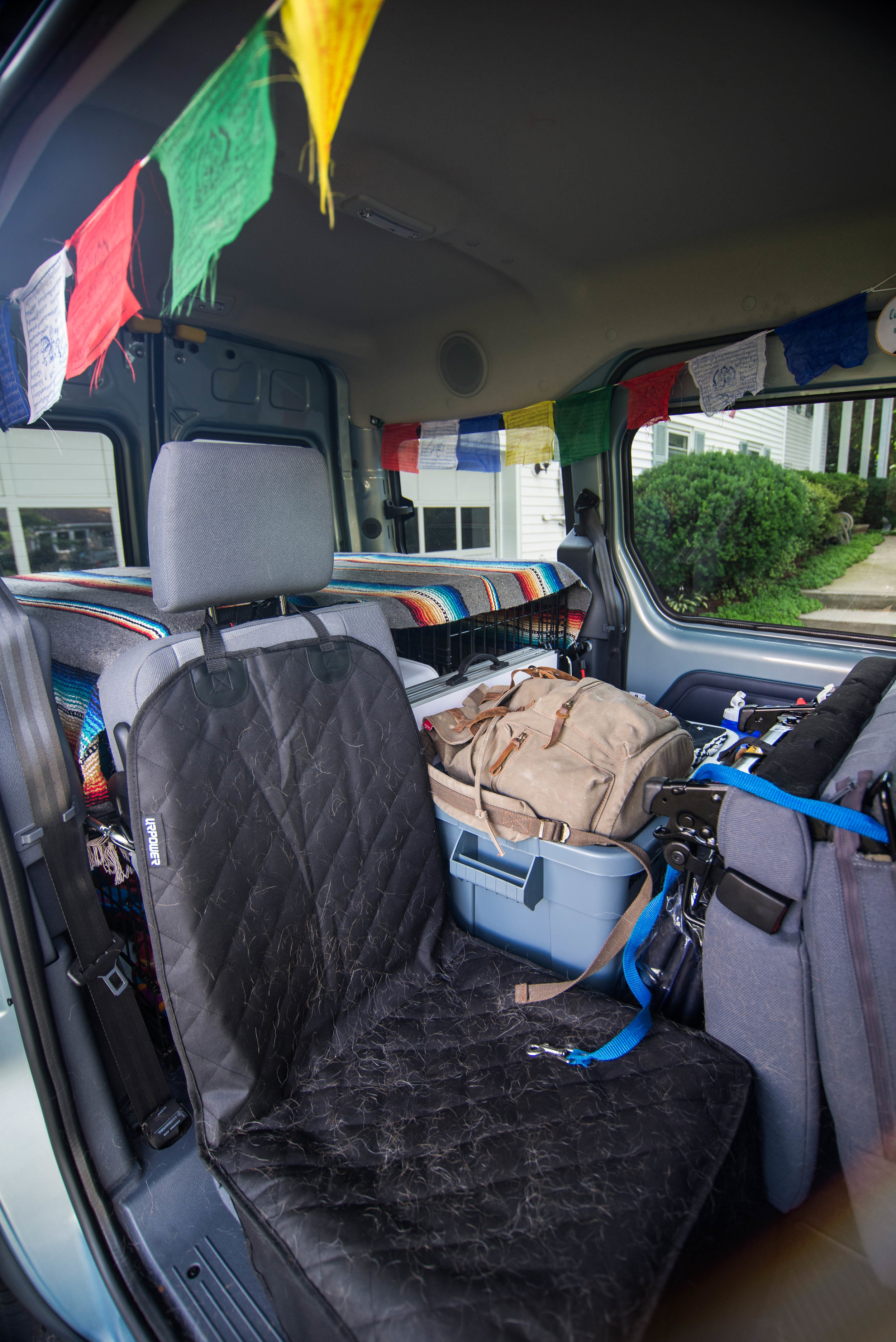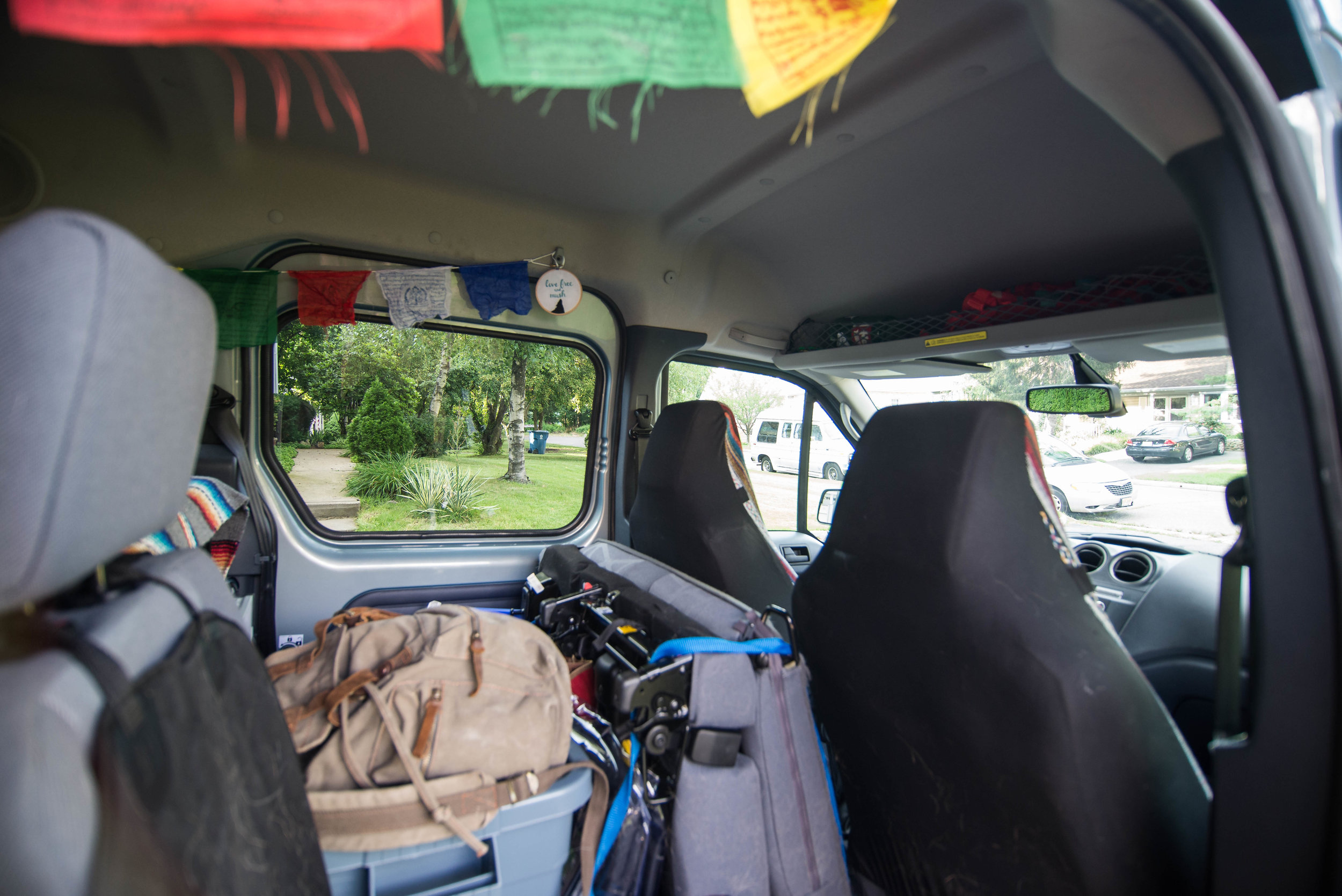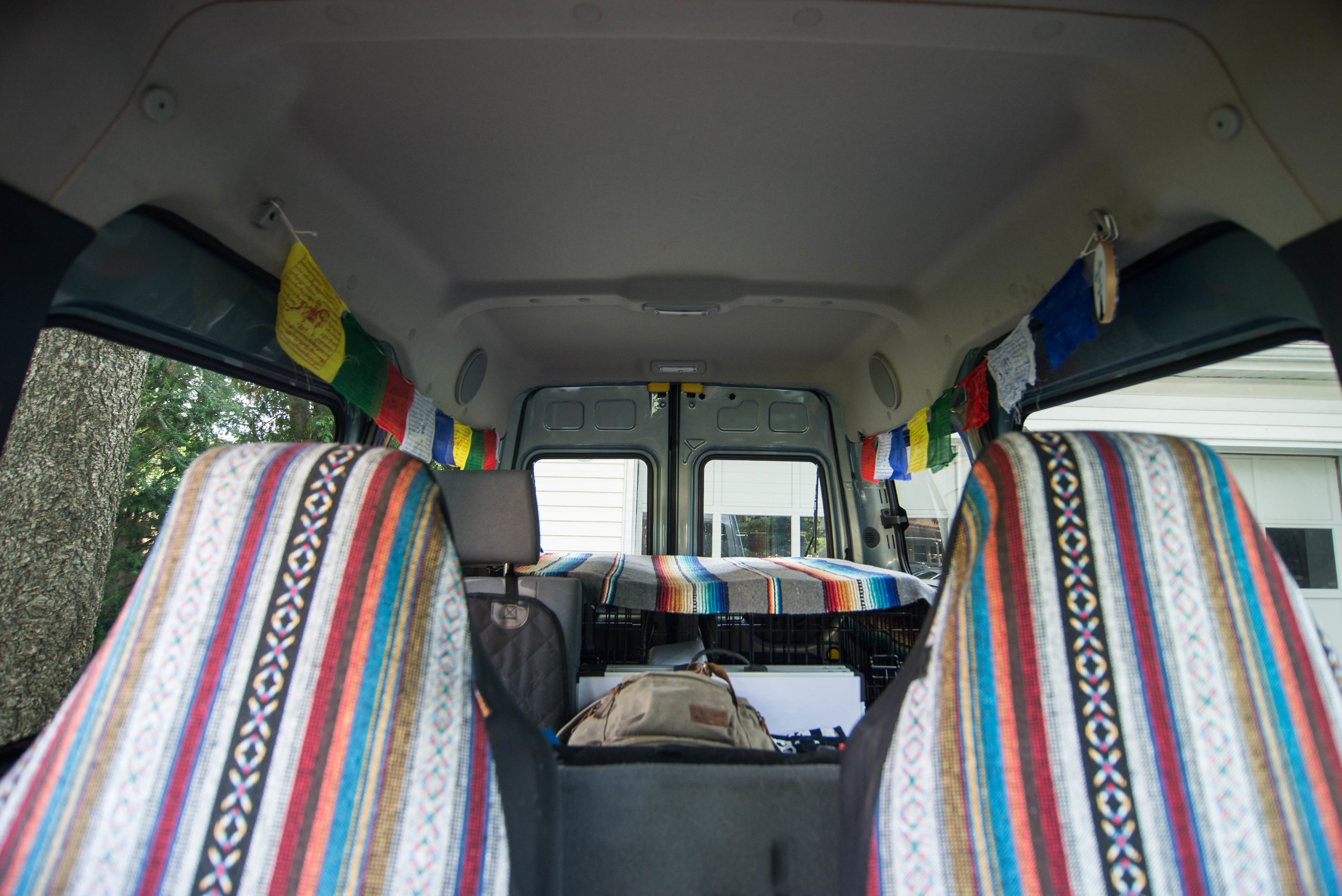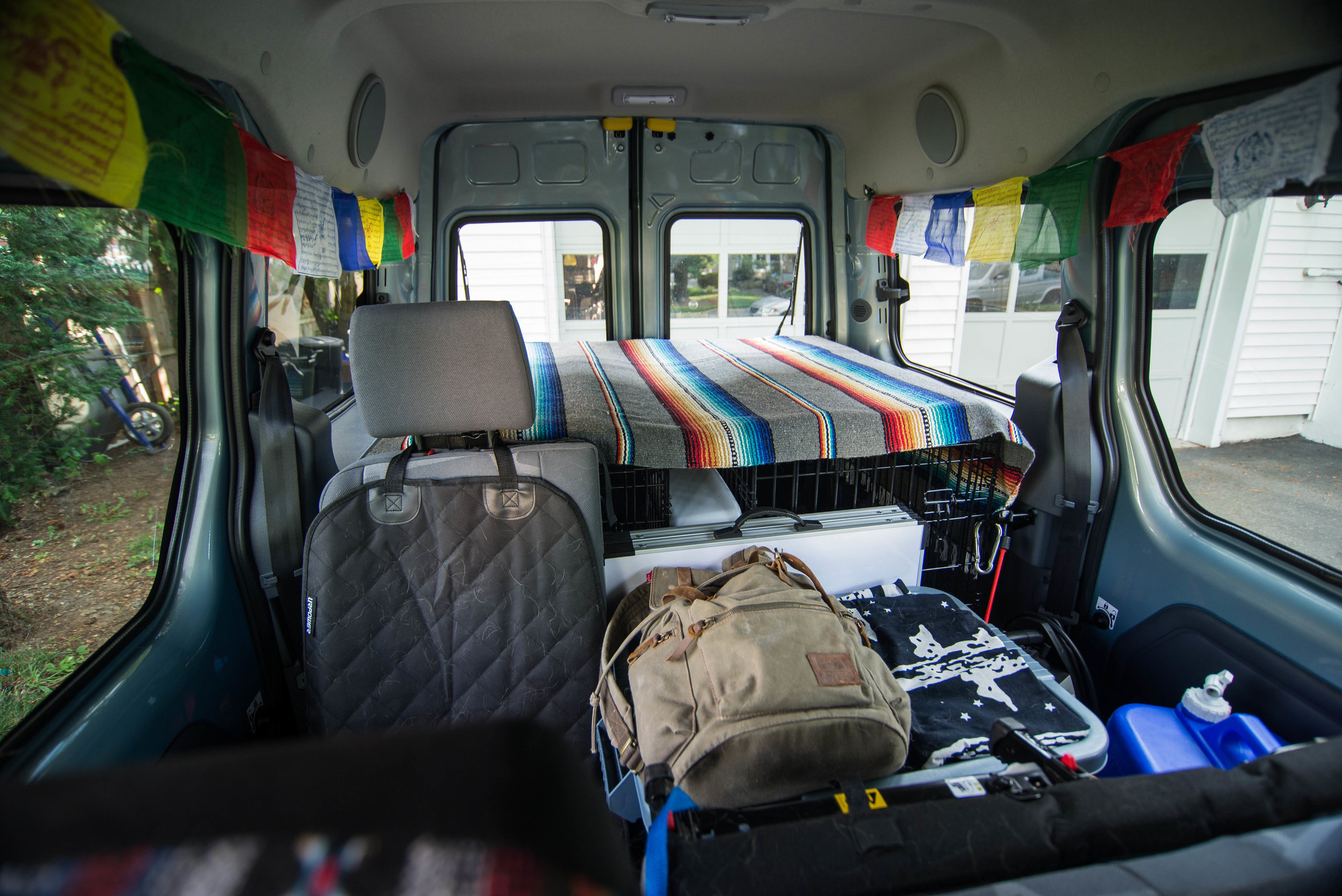My plan was to adopt, buy, adopt, buy, and so on with my dogs. Knoxville isn’t a total disaster or anything, but I don’t think I’ll be adopting any more puppies in the future. There's definitely something to be said about sound, well-bred working dogs.
Knox started out as a tiny cotton ball of a pup. I found him on Petfinder, when I knew I wanted to keep growing my little 2-dog bikejor team into something more. He’s just six months younger than Denali, but they couldn’t be more different. They both love to run and to kill, but the similarities end there.
When I brought Knox (originally named "Keiko") home, his paperwork said he was around 8-weeks-old, but it didn’t sit right with me. He seemed much too small for the date given as his estimated birthday. I was seriously worried he was half Pomeranian and considered returning him to the rescue. After consulting a few breeder friends, they concluded he was probably closer to 6-weeks-old, which explained his size and how difficult he was to train. (He liked running across my couches while peeing.)
From tiny teddy bear, Knox morphed into an awkward llama before he finally grew out his guard hairs and became the magnificent beast he is today. Since adopting him, I’ve found a handful of other huskies that look suspiciously similar—all from the southern United States. My guess is that someone is breeding up these crazy, woolly, agouti Siberians because they look cool, without much consideration for their temperament or physical health.
Knox does look cool. People have stopped us on hikes to take selfies with him. But he’s got some behavioral issues I would’ve liked to avoid. He plays rough and a lot of dogs are intimidated by his bite-your-butt-and-roar move (sorry, Strudel). He resource-guards and hoards everything (mostly from Dexter, he doesn’t care that much about the other huskies). He wedges himself under chairs and tables and into small spaces… for whatever reason. Out of all my dogs, his personality is closest to the wolves I volunteered with at Howling Woods Farm. I don’t think he has an ounce of wolf in him, to be clear. He’s just always been a bit of a recluse. He’s currently outside alone while the other five are curled up tight around me.
Despite how beautiful his fur looks, it’s actually a bit of a nightmare to deal with. It mats up if I don’t brush it often, and of course, he hates to be brushed. In the winter, I have to wax his paws to avoid snowball buildup during our runs. Whoever bred him didn’t have mushing in mind. That said, he’s been a solid sled dog. He isn’t cut out to lead, but he’s a strong and steady follower. The colder and more miserable the weather, the more he loves it.
In our early years as a 3-dog team, I had a bit of trouble with Knox passing other teams. He would bark and lunge, though he never actually made contact with another dog. The one time we did get tangled with another team, he stood there silently and didn’t make a move—so I think he's all bark and no bite. I pulled Dexter from the “race team” (due to his own, er, inadequacies) and went back to bikejoring with the huskies and Knox’s attitude changed completely. Ever since, he’s been able to walk by teams to get to the race chute and pass on the trail without issue. I’m not sure what psychological drama went down between Knox and Dex, but I'm glad I'm learning how to manage it.
I spoke in a previous post about Knox’s future as part of our team. Since he wasn’t bred for this, I wonder how long he’ll keep up. He’s more prone to foot injuries and overheating, and it’s hard to say how much his weird structure affects his running (he’s got sort of a German Shepherd hunch under all that fur). I’ll let him decide when he’s ready to retire, but I hope that’s many years away.











